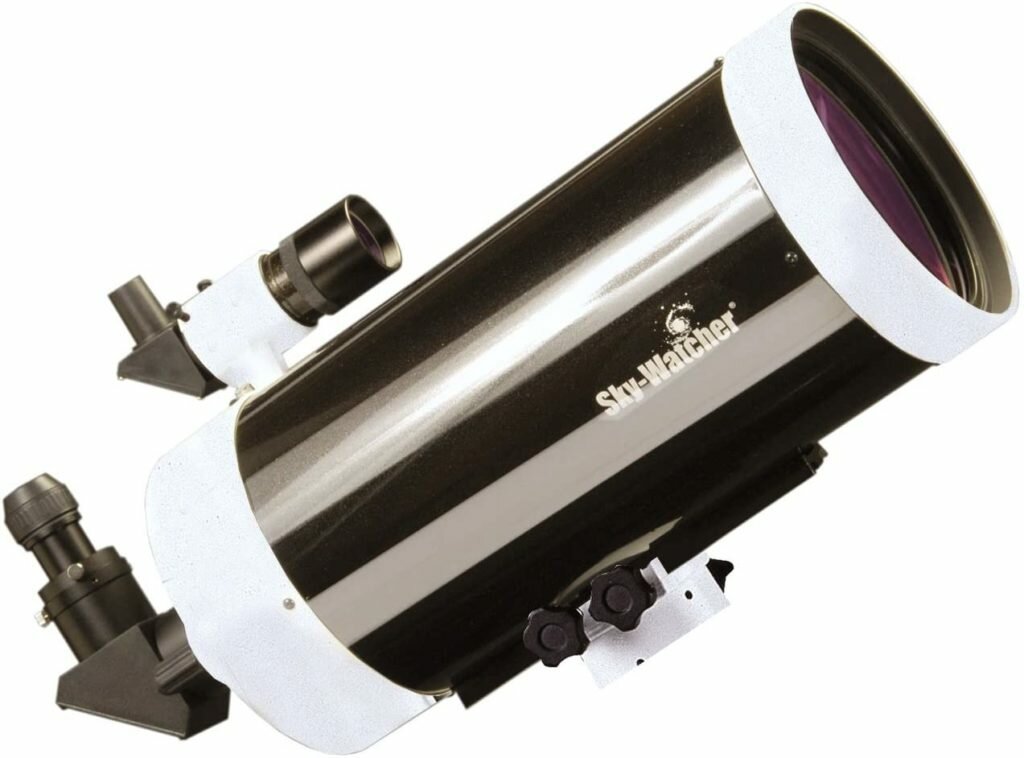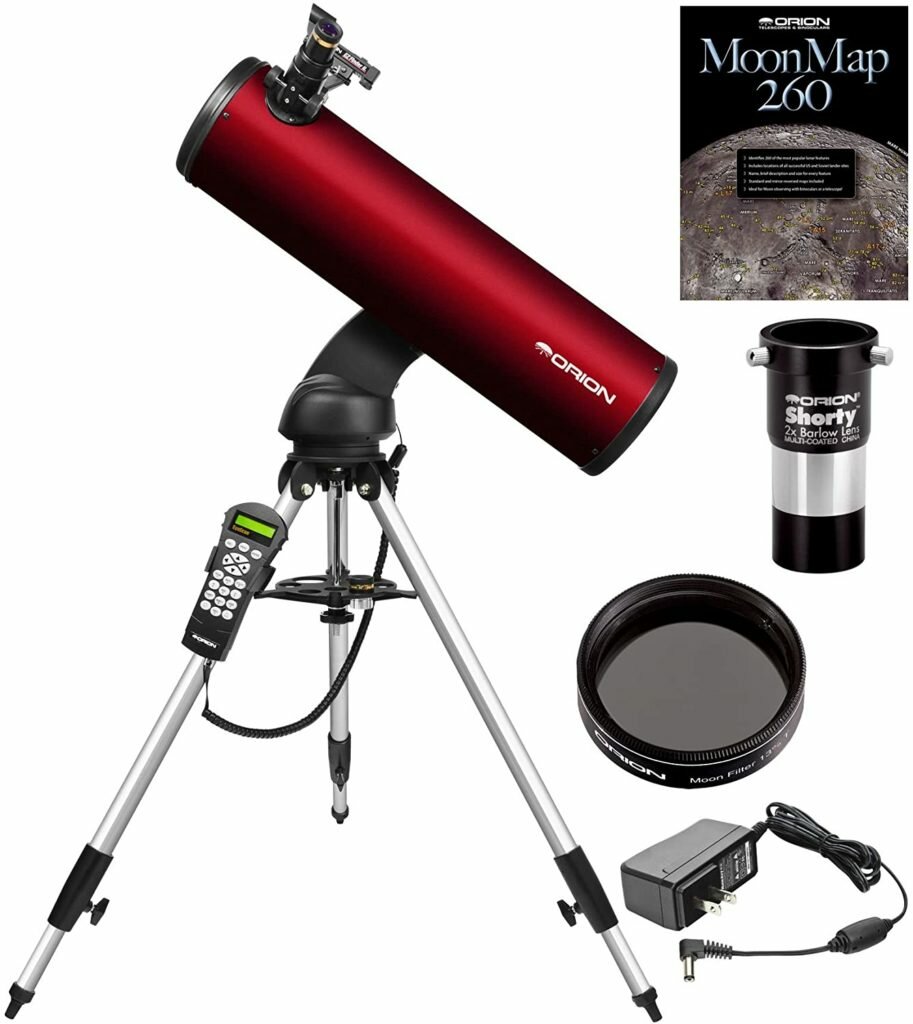What telescope can see planets - Are you searching for a telescope that will allow you to see the planets in incredible detail? We've compiled a list of a few of the greatest options available.
We've compiled a list of a few of the greatest options available.
Different telescopes are better for observing different targets, so if you have a particular observing goal in mind, it's a good idea to know what kind of instrument you're looking for. Observing the planets, in general, necessitates a telescope that comes with a longer focal length, which allows you to fit your target into a small field of view and acquire a detailed close-up.
A larger focal ratio is usually associated with a longer focal length in a telescope, which may be derived by dividing the focal length by the aperture in millimeters. Simply put, if you need to observe the planets of the Solar System, seek for a lens with a high focal ratio. These are known as 'slow' telescopes in practical astronomy.
We've compiled a list of some of the top scopes that can see planets.
Sky-Watcher SkyMax 180


The SkyMax 180 is the biggest in the Sky-Watcher lineup, yet it punches beyond its weight despite its small 7-inch mirror.
A front corrector lens and mirrors are used in Maksutov-Cassegrain telescopes to create a compact, portable optical tube. This is a compound or catadioptric telescope because of the optical configuration. Early variants came with a straight-through finder, 2 1.25-inch eyepieces and were coloured gold and white.
Sky-Watcher has changed the color scheme to a pleasing black on diamond effect, modified the optics glass, altered the finder to a 9 times 50 right-angled variant, and currently supplies one eyepiece, a 28 mm long eye relief prototype with twist-up eyecup.
A Vixen-style mounting bar and a star diagonal round out the package.
Schott optical glass has been used in Sky-higher-end Watcher's Pro series telescopes since 2008, and it is utilized again in this masterpiece. In comparison to some similar sized telescopes, the secondary mirror is incorporated to the front of the corrector plate, resulting in a smaller secondary obstruction.
The 2,700mm focal length folds into a 500mm long tube. It is quite tiny, with a tube width reading 216mm.
It's also rather light for its size, weighing only 7.8kg. Although a EQ5 SynScan mount is capable of handling it, you'll discover that the larger NEQ6 mount provided offers the greatest results.
Pros
- High power capabilities
- Imaging of the Moon and Planets at High Resolution
- Exceptional performance
Cons
- A little on the pricier side
Orion StarSeeker IV - What telescope can see planets?


The Orion StarSeeker IV is a comprehensive altaz Go-To system with a burgundy tube livery. It comprises of a 6-inch telescope placed on a robust stainless steel tripod, as well as a single-arm motorised Go-To mount accompanied with a SynScan V4 handset.
Dual 62 degrees apparent field of view eyepieces of 23mm and 10mm are included, with magnifications of 78x and 180x respectively. The configuration is completed by a star diagonal, a two to 1.25-inch converter, and an EZ Finder II reflex sight.
The eyepiece holder strengthens the tripod, and the single arm mount attaches to the tripod head via three bolts.
A Vixen-style bar connects the telescope to the arm. Eight AA batteries (with an incorporated engine bay in the mount arm) or a 12V connection at the bottom of the arm give power. After turning on the SynScan device and entering some basic information, you have two alignment options: two star or brightest star. Both work very well.
We also checked the sharpness of the 23mm eyepiece with bright Regulus, and were thrilled to observe a pin-sharp star throughout much of the field of view, with just minor erosion towards the margins.
The 23mm eyepiece has a real field of vision of 0.79 arcminutes, or little more than 0.75 degrees.
Pros
- Straightforward alignment
- The focuser is simple to adjust
- 42,900 objects in the database
- Allows for the creation of user-defined objects
Cons
- It's a little large
Explore Scientific ED127


Refactors like the Explore Scientific ED127 are excellent all-around devices that may be used for visual observing as well as astrophotography. However, not all refractors are created equal, and the design and quality of the primary objective lens determines whether they succeed or fail.
A lens produces a focused representation of a distant object by refracting the light passing through it. Aberrations occur when single lenses focus distinct light wavelengths at significantly different places - for example, blue focuses relatively close to the lens compared to red.
To reduce aberrations and bring red and blue light into focus, a doublet employs two lenses. To eliminate color fringing, a triplet uses three colors, bringing red, green, and blue to same focus.
The name apochromat, or apo, refers to a lens intended to bring these 3 wavelengths into focus at the same time. The ED127’s air-spaced triplet is great for bringing out the best in faint deep-sky objects and pulling minute features from the moon and planets.
Pros
- Excellent imaging
- Beautiful color reproduction
- Outstanding optics
Cons
- Focuser of average quality
